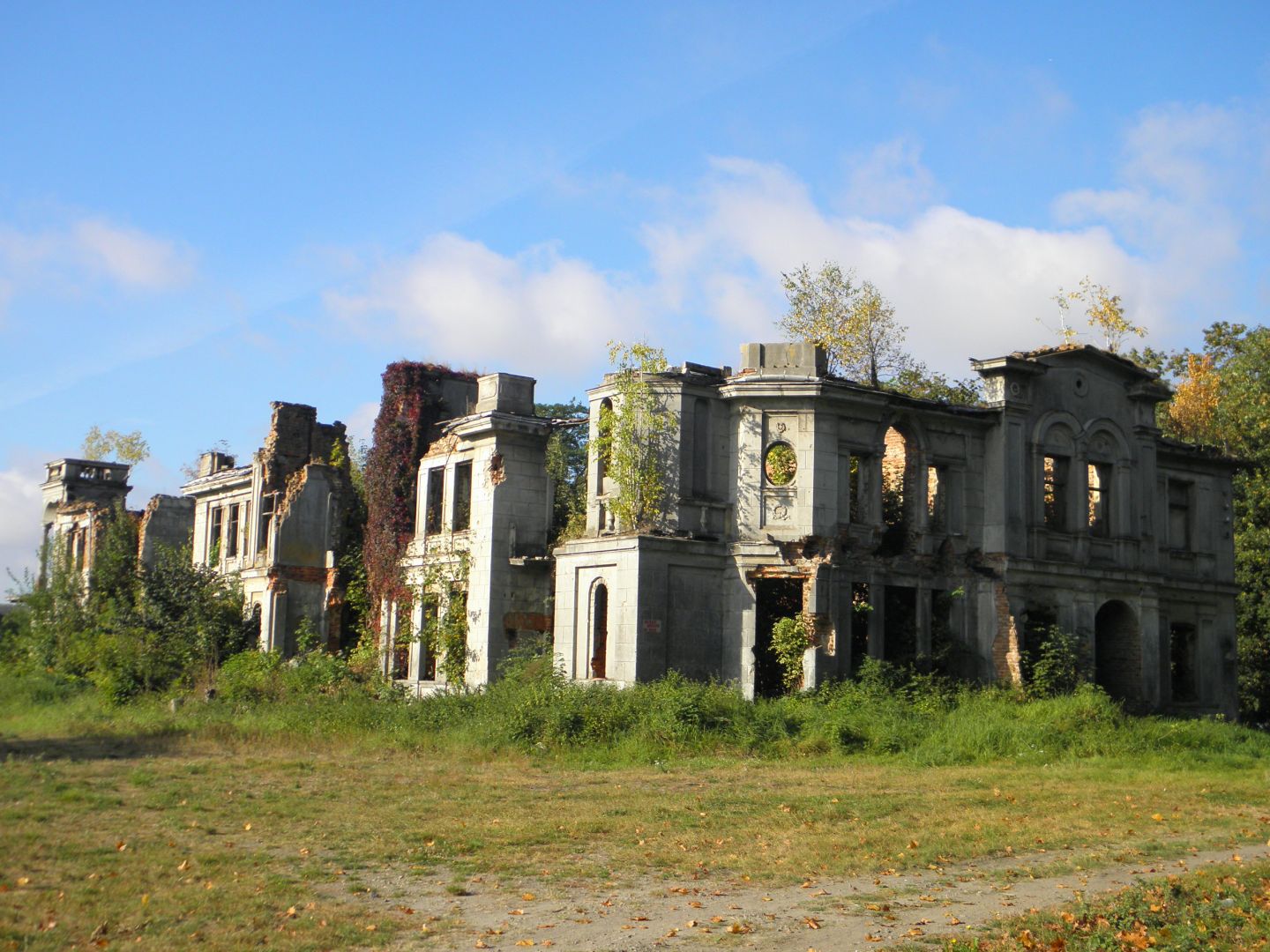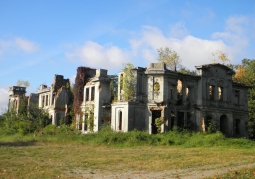No weather data
0.0 /5
Number of ratings: 0
A neo-Renaissance palace erected in 1854-1860 at the request of Stanisław Karski in the village of Włostów, with a surrounding park of approximately 10 hectares. The palace itself consisted of 30 rooms, including three living rooms, a ballroom, a billiard room and a library. Marian Ryx, bishop of Sandomierz, had his residence here. The remaining rooms were intended for bedrooms, living rooms and guest rooms, there was also a chapel. The palace and park complex also included a lumber, erected much earlier, in the 16th century, which was called the Arian church, although there are no sources that would confirm such the original purpose of the building. From the west, the palace adjoined the outbuilding with a column portico, built in the 18th century. Two gates led to the property: one near the palace itself, with two lions, the other, called "devilish", from the park. The Włostowski palace hosted, among others, Stefan Żeromski, who was just working on "Ashes" in Włostów, as well as Achilles Ratti, who hosted here as an apostolic nuncio. During World War II, the palace was slightly damaged. When the fighting ended, the owners were displaced and all property it was nationalized. It housed a primary school and then a state-owned farm. The rest of the premises were taken over by former estate workers, slowly leading it to ruin. Many trees were cut from the surrounding park. The palace has not been restored to this day.
Komentarze
No results
Nearby places

St. Collegiate Church Martin's - Opatów
Category: ChurchesThe most valuable monument of Opatów, it occupies a unique place among the monuments of Romanesque architecture in Poland. It is one of the few well-kept buildings of this type. From the twelfth century to our time,...
7 km
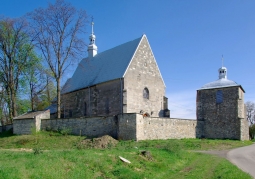
Gothic church Saint Giles Abbot - Ptkanów
Category: ChurchesLocated on a hill, the defensive, Gothic church stands on the remains of an older brother from the 12th century. At the top of the front facade, on the west side, there is a stone shield with the coat of arms of...
10 km
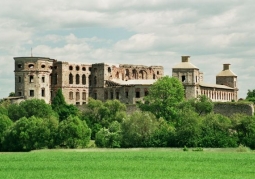
Krzyżtopór Castle - Ujazd
Category: LocksThis is actually a palace mistakenly called a castle. Built in the Italian style of the palazzo in fortezza (i.e. a residence combining the comfort of residents with a defensive function) in the years 1627–1644 by...
11 km
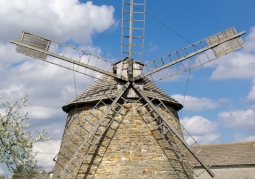
Dutch windmill - Szwarszowice
Category: Mills and windmillsBrick Dutch windmill, built in the 19th century. The building was erected by Józef Kaczmarski in 1880-1885. It is a big attraction for those passing through Szwarszczowice and a beautiful element of the passing...
21 km
Nearby places

St. Collegiate Church Martin's - Opatów
Category: ChurchesThe most valuable monument of Opatów, it occupies a unique place among the monuments of Romanesque architecture in Poland. It is one of the few well-kept buildings of this type. From the twelfth century to our time,...
7 km

Gothic church Saint Giles Abbot - Ptkanów
Category: ChurchesLocated on a hill, the defensive, Gothic church stands on the remains of an older brother from the 12th century. At the top of the front facade, on the west side, there is a stone shield with the coat of arms of...
10 km

Krzyżtopór Castle - Ujazd
Category: LocksThis is actually a palace mistakenly called a castle. Built in the Italian style of the palazzo in fortezza (i.e. a residence combining the comfort of residents with a defensive function) in the years 1627–1644 by...
11 km

Dutch windmill - Szwarszowice
Category: Mills and windmillsBrick Dutch windmill, built in the 19th century. The building was erected by Józef Kaczmarski in 1880-1885. It is a big attraction for those passing through Szwarszczowice and a beautiful element of the passing...
21 km
